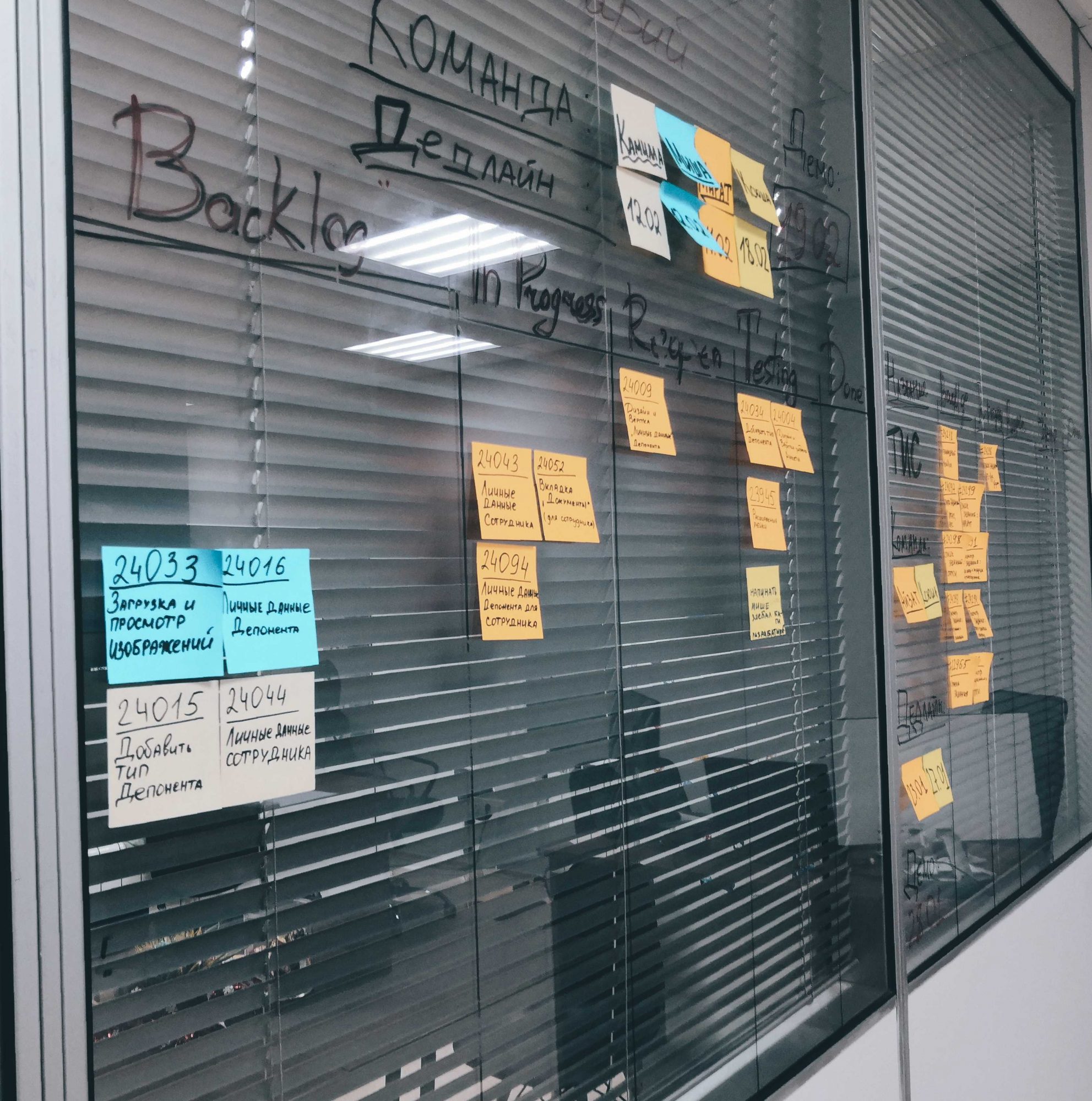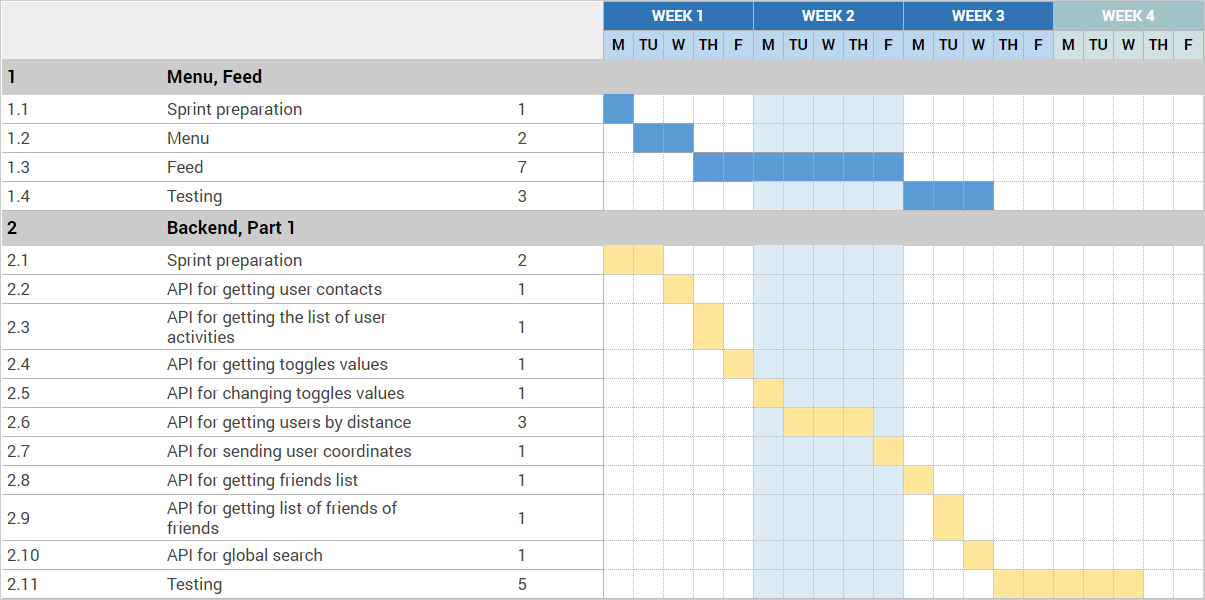To develop an application on time, you only need two things: first, create a development plan, and second, stick to it.
But in reality, things are not so simple. Missing deadlines and project delays are very common and problematic issues in the IT sector.
How can you avoid these pitfalls? We’ll discuss the key points that a development team should know to deliver the project on time.
Why is it so hard to meet deadlines?
Primarily, it’s due to planning issues. Custom software development is not about mass-producing a standard product; it’s a creative process. If two companies decide to develop an application based on the same technical specifications, the results will be entirely different. It’s no coincidence that legislation equates software development with the creation of a literary work.
Imagine you need to write a 500-page detective novel. How long will it take? A week, maybe a year? It depends on many factors: your experience, inspiration, and time management skills.
In the case of application development, an additional complexity is that it is a collective effort of creative individuals. The final result will depend on the team composition, the experience of individual specialists, their interactions with each other, and even their moods. Additionally, this process needs someone to manage it: ensuring that one person’s completed part is promptly handed over to the next, keeping everyone on track with the plan, and making sure nothing gets mixed up.
In the case of application development, an additional complexity is that it is a collective effort of creative individuals. The final result will depend on the team composition, the experience of individual specialists, their interactions with each other, and even their moods. Additionally, this process needs someone to manage it: ensuring that one person’s completed part is promptly handed over to the next, keeping everyone on track with the plan, and making sure nothing gets mixed up.

And of course, there are always risks. Sometimes a developer simply cannot estimate the time needed to fix a bug because they haven’t yet identified its cause. Or a specialist might have misjudged the complexity of a task, believing it to be simpler than it actually is, resulting in the development taking much longer than expected.
What should to do to develop an application on time?
To ensure that expectations match reality, the development team needs to meet the following conditions:
1. Detailed analysis
The better the logic is thought out and the task is described, the more accurately the timelines can be determined. Therefore, the development process should be preceded by an analysis phase of the task. Consider which data interacts with each other, how they are related, and what they influence. Describe successful and unsuccessful scenarios and the display for different options and roles. The entire further development is based on this stage, so it is not worth saving on analysis and writing the technical specification. There are other ways to save.
2. Realistic planning
Proper task allocation among performers, especially when stages are executed in parallel, is crucial. When planning, rely not on an optimistic but a realistic schedule. Consider that performers may be distracted by other projects and error corrections. Don’t expect the entire workday to be spent directly on development; account for time for rest, communication, training, meetings, and conferences. Of course, you should also factor in risks in case someone on the team falls ill or is absent for other reasons.

3. Control
Constantly monitor the process and compare it with the work plan. Respond immediately if there is a delay or deviation from the plan at any stage. Identify the cause, understand the current challenges, and find ways to help.
If solving the problem immediately is not possible, set it aside temporarily and move on to other tasks; a solution might emerge with a “fresh perspective.” Involve more experienced colleagues if needed.
For the client, it’s crucial to ensure that the chosen team has an established development process that includes these three points. Additionally, review the progress at control points throughout the project.
Resume
Analytics, planning, and control are the three pillars that ensure meeting deadlines.
Of course, sometimes unforeseen complexities arise that can impact the timeline. In such cases, the team must inform the client, providing the reason and a new estimated completion date. At the end of the sprint, a retrospective should be conducted to understand what went wrong and how to avoid similar issues in the future.
